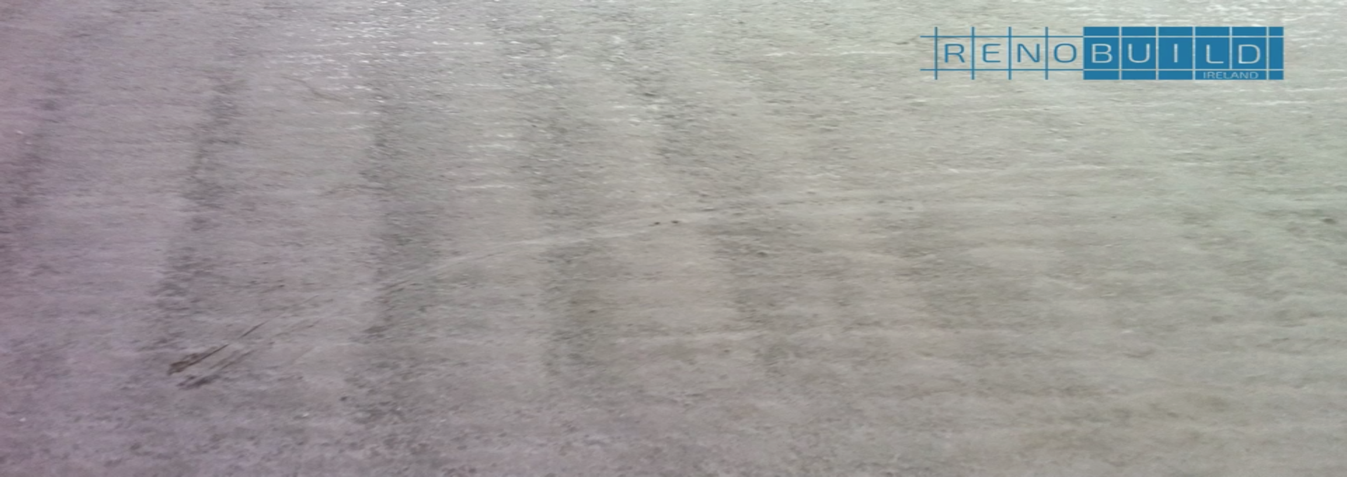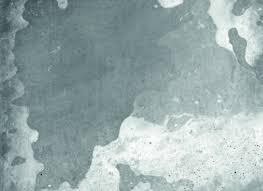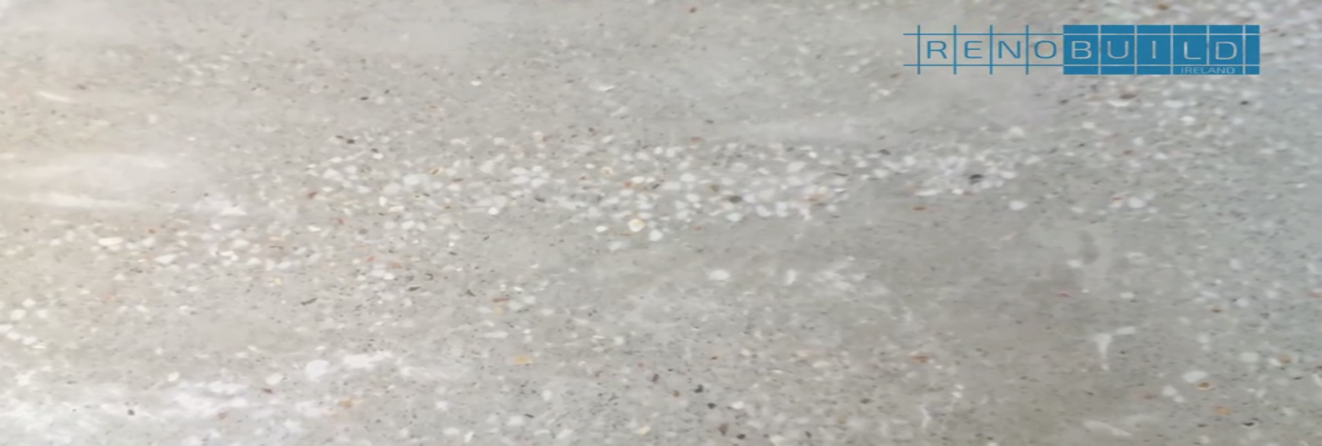As with any project or building work there are a number of collective activities when completed achieve a pristine finish resulting in very happy customers, but there are also a number of problems or issues that arise when one or more of these jobs is not completed correctly, be it not caring or listening to instructions, using incorrect tools or materials. Whatever the reason for bad workmanship it can have a massive knock on effect for other sections of a project. Concrete is no different when it comes to polished concrete floors and laying the concrete itself.
You can learn more about any of these on our website at https://www.renobuild.ie/expert-tips but here is a short explanation on the most common problems with badly laid concrete:-
- Incorrect tools and systems used
- Discolouration
- Uneven hydration
- Poor edge finishing
- Aggregate exposure
Using the correct tools when placing the concrete is vital shovels, scoops or the back of a rake are ideal otherwise lines will appear in the surface and the aggregate will be disrupted leaving it harder to expose when polishing.
Tamping the concrete, hitting it in a downward motion into the wet concrete will drive the aggregate further into the mix in turn creating patches or pulses on the finished floor as per the photo below, this creates more work when trying to expose the natural aggregate at the polishing stage creating more work for us and extra cost to you.

Failure to vibrate the concrete will result in air pockets, when the concrete dries you will see tiny holes in the surface this it costly to remove. If using a vibrating poker ensure it is not dragged through the concrete because this will put visible lines or burn marks in the floor again causing further problems when trying to polish.

Many factors contribute to polished concrete discolouration such as inconsistency in materials or supplies, communicate with the quarry and insist the mix uses current materials and that the location is not more than 45 minutes from site any longer the mix begins to set, ensure the proper amount needed is provided. Weather conditions such as moisture levels or frost can damage a concrete floor so ensure the concrete is covered or does not dry too quickly.
Water escapes the slab at the surface when curing and it is important not to place items such as buckets, boards, cardboard etc as ink may transfer into the concrete as well as hydration marks appearing, these can take up to a year to dry out, this can also be a contributory factor to discolouration as shown in the photo below.

When concrete is being placed it is essential that the edging is given the same amount of time and attention or it will result in poor edge finishing resulting in a noticeable frame around the edges of the surface. It is vital that this is given the time when the floor is being laid because not much can be done about it when the floor has dried. Even if hand ground and polished around the wall edges it will remain noticeable.
If the concrete is not poured and laid correctly unevenness in exposure will occur. Aggregate can pushed into the mixture by tamping it into place, if the concrete is too loose or wet segregation will occur and the finished look will be patchy or not visible at all. Walking on wet concrete or placing heavy items or machines can push the aggregate further down into the concrete making it harder to expose or have a patchy finish.


